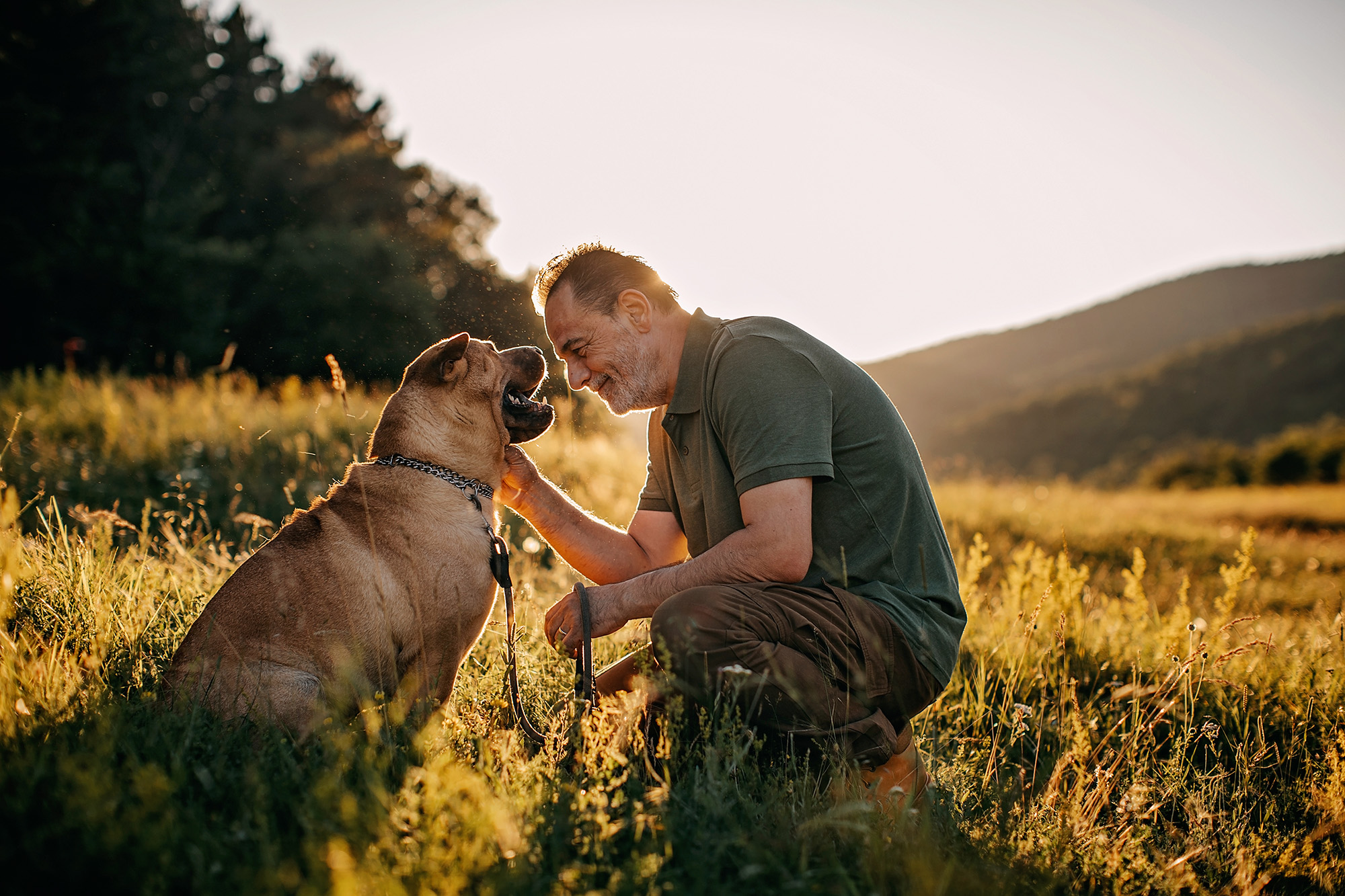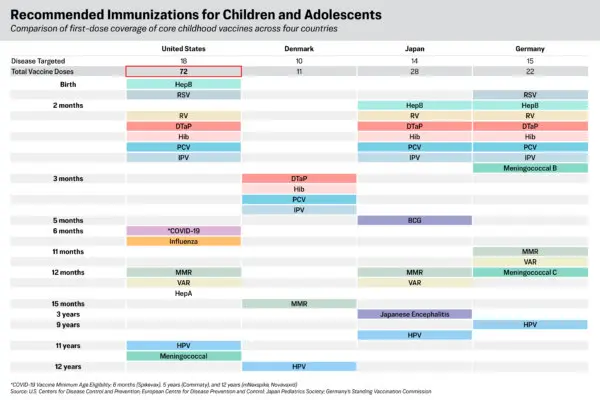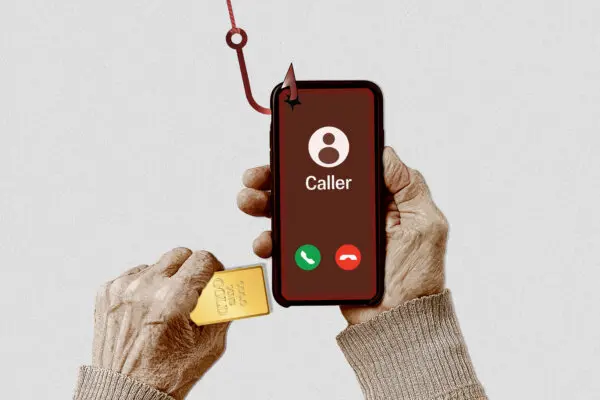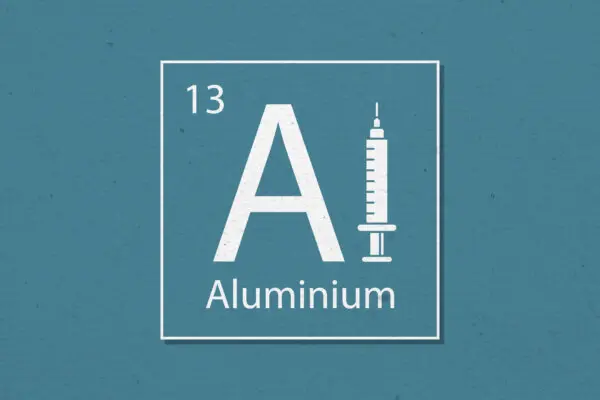Just like people, pets go through different stages of health as they age. By being aware of age-related issues, it’s easier to ensure that your pets maintain a great quality of life throughout their golden years.
Veterinarian Julie Hunt, a consultant for Embrace Pet Insurance, told The Epoch Times, “The key to a long, healthy life for a pet is to schedule physical examinations once or twice per year over the life of the pet and to seek a vet’s care promptly whenever signs of illness are seen.”










